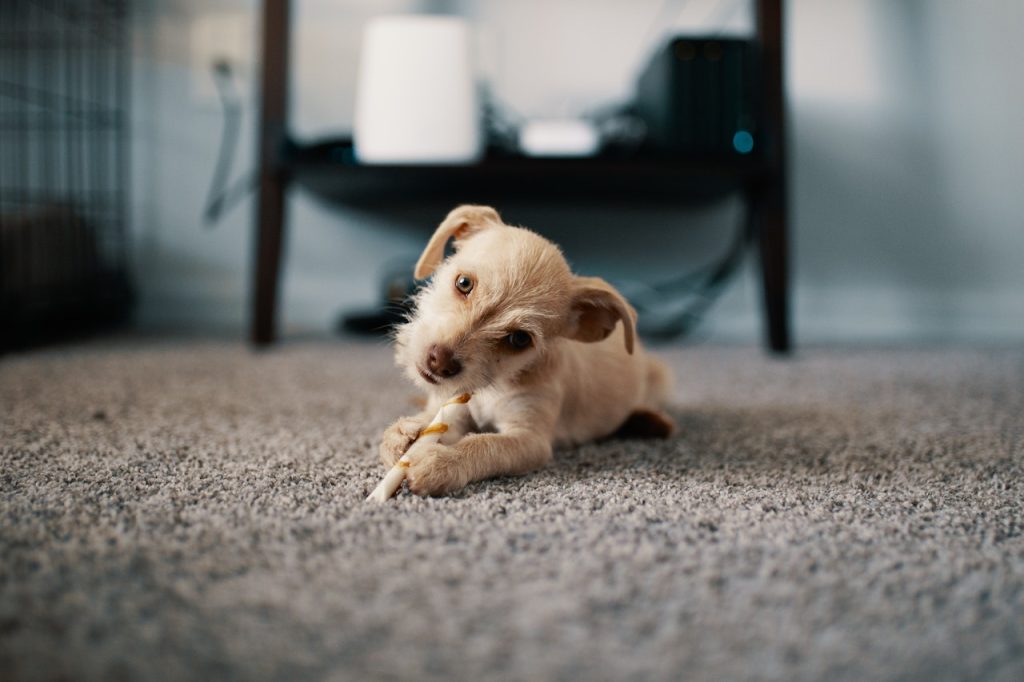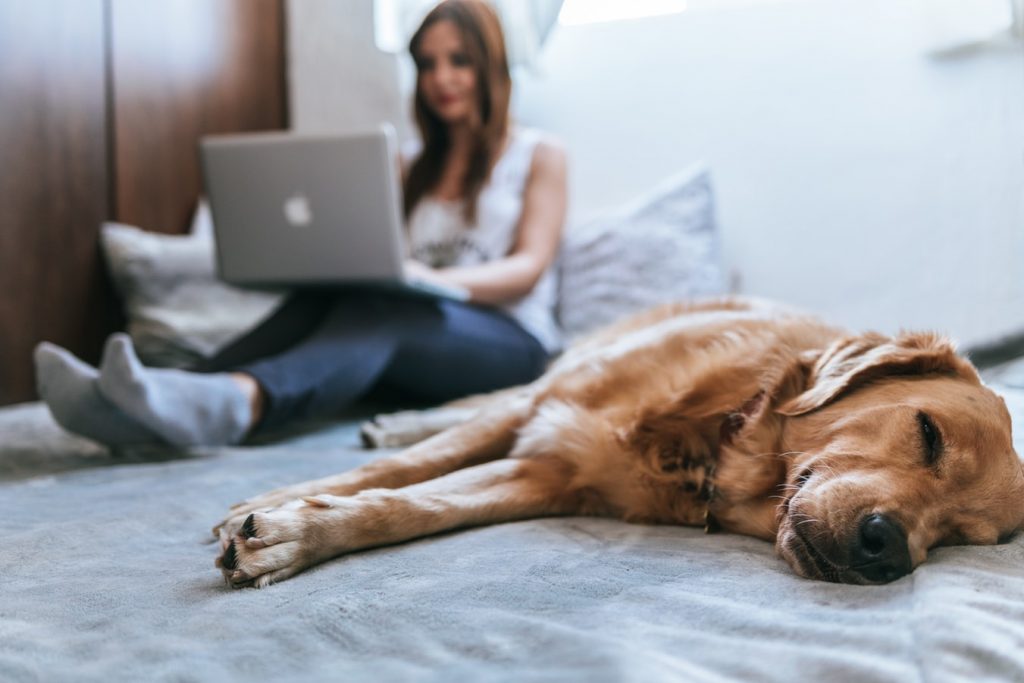Do you dream of owning a dog or cat but worry that living in a small apartment might not provide your furry companion with the ideal environment for their growth and happiness? If so, don’t despair; while it is true that some pets require a little more space than a small apartment might be able to provide, with a bit of advanced planning and creative problem-solving, it is entirely possible to create an optimal living space for both yourself and your pet within the confines of any apartment after a successful move with the help of Black Tie Moving Cincinnati! In this short blog post, we will discuss everything from selecting appropriate breeds for apartment life to creating enrichment activities to keep all pets healthy and feeling happy! With our expert-approved tips on how to care for pets in a small apartment, your home can be safe, comfortable, and enjoyable—for everyone involved! Keep reading to learn more.
1. Choose the Right Pet and Breed
One of the most critical aspects of pet care in small apartments is selecting a breed well-suited to living in close quarters. Smaller dogs, cats, and pocket pets such as hamsters or guinea pigs typically require less space and are often happy to live near their owners. If you’re considering a larger pet, such as an adult dog or cat, make sure that the particular breed you choose is known for being docile and tolerant of close confinement.
2. Exercise Regularly
Exercise is essential for all pets, regardless of breed or size. Unfortunately, when living in a small apartment, it can be difficult to give them the regular physical activity they need. To keep your pet healthy, you’ll need to find creative ways to provide them with regular exercise—this is anything from taking a pet for daily walks or runs to providing them with interactive toys or puzzle feeders that stimulate their minds and bodies.
3. Set Up a Designated Play Area Within Your Apartment
Designating a specific apartment area for your pet can help keep them from getting bored or restless. You can do this by setting up an area with their toys, scratching posts, and/or a cat tree. If possible, locate this play area near a window to provide your pet with natural light and stimulation.
4. Make Sure They Have Access to Fresh Water
It’s important always to keep a fresh supply of water readily available. Check your pet’s water bowl often and refill it as needed. If you have a larger breed of dog, consider providing them with a standing water bowl to ensure they don’t spill it.
5. Provide Enrichment Activities
Pets need more than just food, water, and exercise to stay happy and healthy. Providing them with enrichment activities such as food puzzles, interactive toys, or Kongs filled with treats can help keep them mentally stimulated and engaged.



